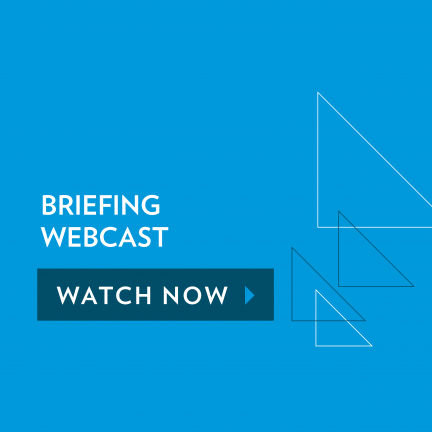owning the situation
It seems there’s a ‘day’ for everything, from Black Friday to Blue Monday. There was even an Employee Ownership Day on 29 June 2018, to celebrate what employee ownership (EO) means to employee owners and their businesses, and the impact they have on their local economies. Who knew?
So, why all the fuss? You can be forgiven if this topic has not hit your radar in any meaningful way. What with Brexit, trying to recruit lawyers and getting our heads around machine learning and AI, employee ownership hasn’t exactly been a ‘thing’ of late. But perhaps it should be.
With growing recognition that law firms’ success depends on a wider pool than the traditional partner, and a distinct reluctance among new entrants into the qualified market to participate in the perceived freedom-crippling path to partnership, we have to ask whether we need another ownership model to hedge future success
In the understood model of law firm ownership, partners get a share in profits and a say in how the business is run. A partner buys into these rights and when they leave, they get their money back. With growing recognition that law firms’ success depends on a wider pool than the traditional partner, and a distinct reluctance among new entrants into the qualified market to participate in the perceived freedom-crippling path to partnership, we have to ask whether we need another ownership model to hedge future success.
The best-known model is probably that of John Lewis, where every employee is an owner in the business and receives a salary and profit-related bonus – or not. Months of heated debate on Brexit have passed most of us by in a synapse-dulling haze of ambiguity, but when John Lewis announced it would be withholding its employee bonus in 2019, we really knew things were getting serious. But that is the point of employee ownership schemes. Employees take the bad with the good, but at least they have a sense of control and influence, the best antidote for retaining motivation and engagement in tough times.
‘But we are a law firm, not a retailer,’ I hear you cry. Then forget John Lewis, and consider Arup, an independent firm of designers, planners, engineers, consultants and technical specialists, working to help their clients solve their most complex challenges. Sound more familiar? This huge, highly successful and profitable business, with an enviable employer reputation, is based on a full employee ownership model. What’s your excuse now?
According to Robert Postlethwaite, there are “probably as many versions of employee ownership as there are craft beers in East London”, so it isn’t necessary to dive straight into the ‘pure form’ John Lewis/Arup model. Still, only a few law firms have so far opted for any of the flavours: Postlethwaite, Stephens Scown and now Hodge Jones & Allen, with each expounding the benefits of the model reflecting the findings of the Employee Ownership Association: that EO businesses outperform the market in terms of profitability, productivity and staff engagement.
Momentum is gathering around this subject, so perhaps take your own ‘day’ to think about it. It’s not a panacea, but it might just give firms the competitive edge they need.
This article originates from Briefing February 2019: Where next for knowledge?

Briefing webcast | The building blocks of business intelligence
Cheryl Ashman
Senior program manager, business intelligence group, White & Case
Gareth Powell
Group data officer, Irwin Mitchell
CJ Anderson
Director, Iron Carrot
Suzanna Hayek
Deputy editor, Briefing



